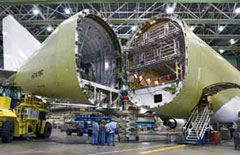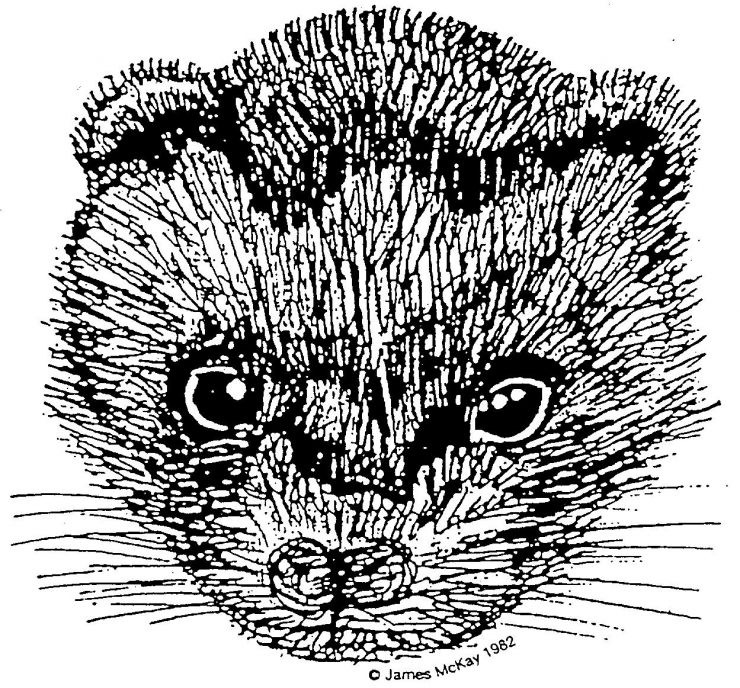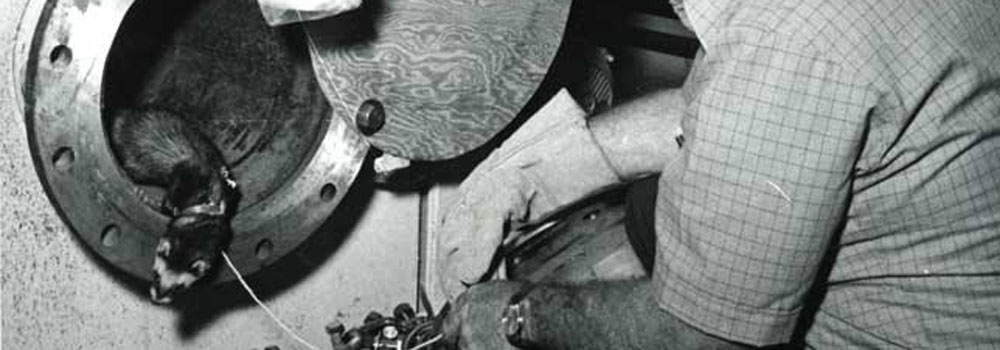Cable Laying
Our Service
Our team – humans and ferrets – have vast experience of working on construction sites and farms, threading cables and draw ropes, as well as locating blockages in underground drains.
We can use our ferrets to thread cables underground, through pipes and conduits, behind false ceilings, through wall cavities and in many other situations.
We regularly use our ferrets, working with electricians, to thread cables under floorboards, through wall cavities and above false ceilings.
Our Ferrets
We have over 50 ferrets (technically known as a business – the collective noun for ferrets) of different sizes, allowing us to always have several ferrets suitable and available for every job, without over-working the animals. All our ferrets are skilled at their job, and can easily and quickly pass along pipes, ducts and drains as small as 75mm in diameter.
The Work
It is not always easy to thread cables and wires using rods, especially where the conduit snakes its way underground, over false ceilings or through wall cavities, and it is not uncommon for companies to have use expensive plant (e.g. diggers etc.) to accomplish this.
Missing or broken draw ropes can also cause major headaches for contractors, and need to be maintained or replaced.
Our ferrets, under the direct supervision of trained and highly experienced technicians, can help thread cables without incurring high costs.
When threading cables, we fit a harness on the ferret, and attach a strong but very lightweight nylon line to the harness. The nylon line is on a heavy duty reel, ensuring it does not snag nor get too loose, thus impeding the ferret’s progress.
The ferret is put in one end of the conduit/pipe and encouraged from the other end. As the animal makes its way along the conduit, it drags the light line.
Once the ferret has threaded the light line, it is attached to a stronger, heavier pull rope which is used to thread the cable etc.
Safeguards
Our ferrets are extremely important to us, and we place the welfare of the animals above the needs of the company.
All our technicians work to a strict Code of Practice which ensures the wellbeing of the ferret at all times.
We are fully insured, and supply all clients with comprehensive risk assessments and method statements (RAMS) before any work is conducted.
With highly experienced and trained technicians helping the ferrets, clients are assured of an extremely professional service.
Historical References
Nuclear Ferret
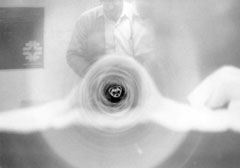
The accelerator was made from 92 metre (300 foot) long, individual pipes, which had to be spotlessly clean for the particle accelerator to work; any imperfections or dirt would interrupt the powerful beam of energy as it was fired through the tubes.
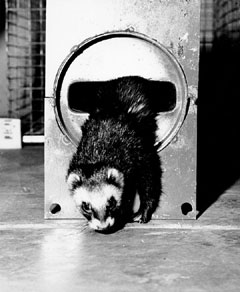
Sheldon had witnessed ferrets being used by gamekeepers in England, who sent them into burrows to chase rabbits from warrens.
Enter Felicia the ferret.
Felicia was fitted with a collar to which was attached a string which she pulled through the pipe. To the end of this string was fastened a swab which was pulled through the pipe to clean it.
Ferret Electrician
Freddie was a ferret used by electricians to thread wiring and cable in Auckland, New Zealand.
Freddie was very good at his job, and on one morning is recorded as laying cables through 60 different pipes, the longest of which was 40 metres (130 feet).
His prowess, however, was not appreciated by the country’s Electrical Workers’ Union, who insisted that Freddie could not continue his work unless he became a member of the Union. As far as we know, Freddie is the only mustelid in the world to hold a valid union membership.
Royal Ferrets
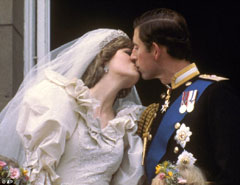
The cables had to be fed through very narrow underground ducts under the cathedral, and although conventional methods had been tried, these had failed. The ferrets, however, were successful, and engineers were able to attach TV cables to lines threaded by the ferrets, and pull the cables through the ducting.
Broadband Ferrets
On 1st April, 2010, Virgin Media pulled off a great April Fool joke, by issuing a press release claiming that the company had been using ferrets to lay broadband cables in rural areas of the UK.
Transcontinental Ferrets

At the end of long, hard days, the men working on the pipeline would relax by racing ferrets through sections of pipe, taking bets on which one would emerge first – this led to the creation of the now extremely popular ferret racing.
Military Ferrets
Im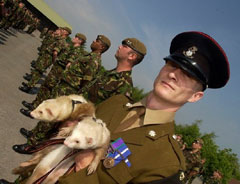
Cold War Ferret
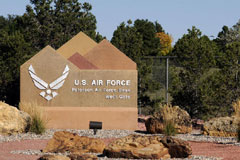
Millennium Ferrets
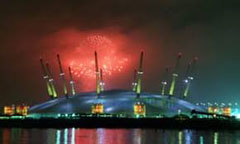
Once the ferrets had completed their work, the concert went ahead and was viewed by millions around the globe.
High Flying Ferrets
